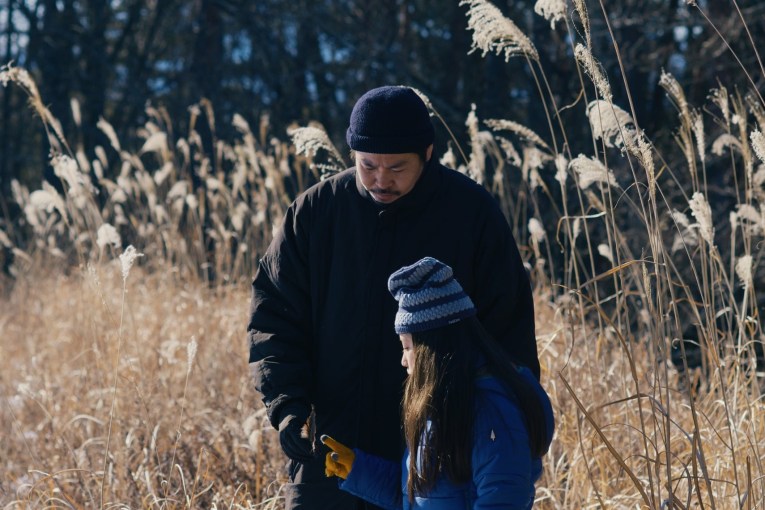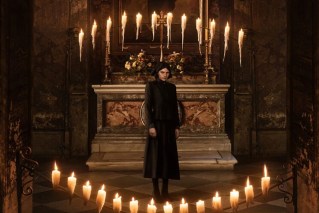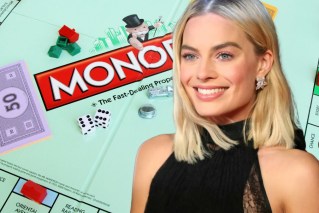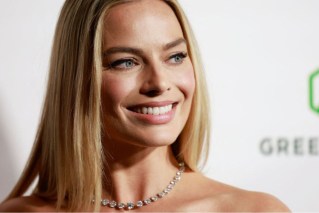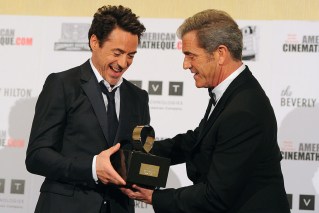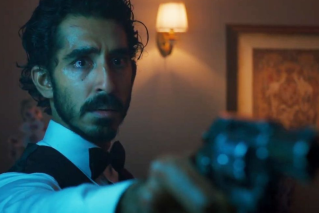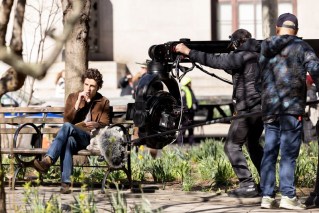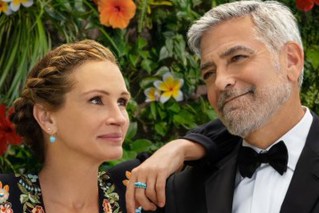Movie Advisor: Blue is the Warmest Colour
Director: Abdellatif Kechiche
Cast: Lea Seydoux, Adele Exarchopolous, Salim, Kechiouche
Duration: 173 mins
Language: French and English with English Subtitles
Rating: R18+
Release Date: 13 February, 2014
Stephen A Russell says:
Blue Is The Warmest Colour, or La Vie D’Adèle Chapitre 1 et 2 to give it its French moniker, finally reaches our shores this Valentine’s Day after what seems like decades since its Palme d’Or triumph at last year’s Cannes Film Festival. It made history there, with the top prize presented not only to its writer/director Abdellatif Kechiche but also, for the first time ever, shared with his two young stars Adèle Exarchopoulos, who plays the title character, and Léa Seydoux, who portrays her blue-haired amour Emma.
Infamous not only for its extended, graphic sex scenes between the pair, and initially with Adèle’s sweet first boyfriend played by her now real life lover Jérémie Laheurte, Blue Is The Warmest Colour also attracted unfair accusations of voyeurism thanks to a rather cataclysmic falling out between the director and his stars, who claim his direction was both invasive and abusive.
Whatever the truth of the matter, the reality of the film is that it could not be any further from cheap titillation, with a searingly honest and intimate portrayal of Adèle’s passage from awkward high school girl, through sexual awakening and coming out, to her first great love and finding her own way in the world. It’s a masterpiece of naturalistic cinema in the great vein of Robert Altman.
Based on the graphic novel Le Bleu Est Une Couleur Chaude by Julie Maroh, the first half is held together by Exarchopoulos’ magnetic central performance, delivered with an astonishingly open warmth that’s rare to see even amongst the most lauded of actors, never mind one making her first tentative steps.
Adèle’s humdrum life in sleepy Lille is transformed when, after heading out to dance with her gay best friend, she spots blue-haired Emma and her trajectory is forever altered. Their passionate affair is mesmerising and leads naturally to the unflinching sex. Quite why we cannot, as grown adults who are all perfectly aware of what goes on in the bedroom, be confronted with it realistically portrayed in adult cinema beyond the pornographic realm is beyond me.
Hailing from different worlds, Adèle is working class and loves nothing more than scoffing spaghetti with her parents, to whom she is not out, while Emma’s boho mother and partner are moneyed and think nothing of her bringing her girlfriend home to meet them. They scoff oysters and fine wine. Adèle isn’t excited by Emma’s philosophical musings, she finds more truth in the happiness of children, and the comfort of home, rather than Emma’s wild parties. The differences are telling.
When, after the passage of time, with Adèle now pursuing a career as a pre-school teacher and Emma’s paintings attracting the attention of top galleries, the latter loses her blue hair in favour of her natural blonde, their intimacy fades as domesticity takes over and others encroach around the edges. When all, eventually, falls apart, there’s a devastating row that is perhaps the film’s greatest triumph.
A tad overlong, Kechiche doesn’t quite seem to know how to end it, but the journey is worth a slightly clumsy finale in what is both a beautifully shot, with Sofian El Fani’s delicately lush cinematography seemingly capturing and crystallising emotion, and masterfully acted slice of contemporary love that surpasses almost everything that’s come before it. Incroyable. (Courtesy of The Lowdownunder)
The Guardian says: “Blue Is the Warmest Colour really is an outstanding film and the performances from Exarchopoulos and Séydoux make other people’s acting look very weak.”
Rotten Tomatoes says: 90% – “Raw, honest, powerfully acted, and deliciously intense, Blue Is the Warmest Colour offers some of modern cinema’s most elegantly composed, emotionally absorbing drama.”
The New Yorker says: “So much of this film is absorbed in closeups that, in regard to Adèle, it all but lays down a law: watch her lips. The film is, to a compelling degree, the history of that face—tearful, sniffing, puffed with dismay, spotted and blotchy on a cold day, suddenly ravishing, and reddening in embarrassment or lust. Now I understand what it means to be in the full flush of youth.”
Kids? No.
See it: When you’re ready for the long haul, pre-Oscars.
